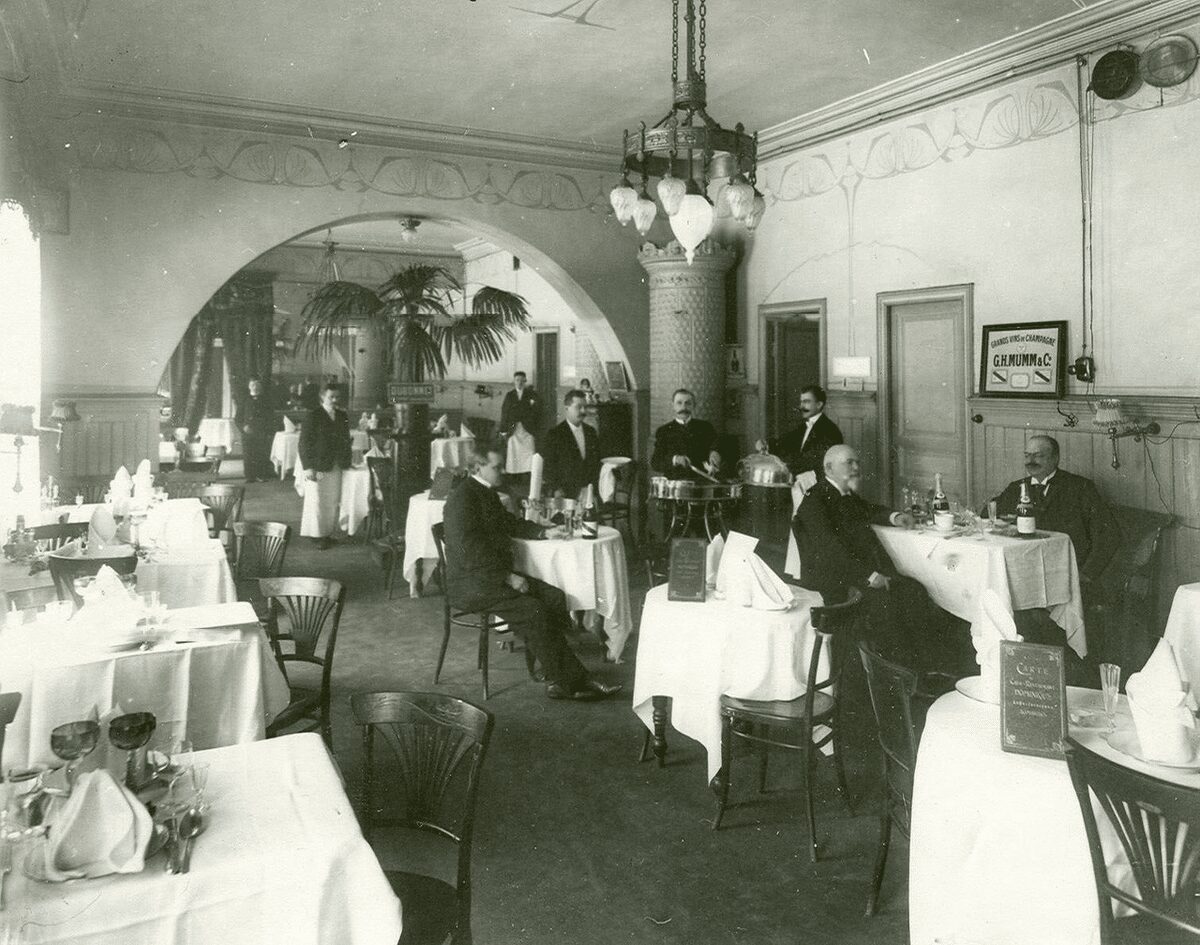Tsars and their deeds, destructive wars and scientific discoveries, complex geopolitics and ingenious diplomacy – these are all “dishes” for well-fed gourmets. Most people are concerned about questions: how much bread, how much to pay for housing and communal services, how to save money and live up to the salary. The Russian Empire was also inhabited not by incorporeal angels. Compare prices and salaries?
Measure of greatness
Any value is conditional. To understand whether a person has a lot or a little, you need to decide on a system of measures. How to measure – in grams or meters? And, having decided, to compare. Same story with countries. How to calculate the greatness of the state, to determine its “weight”?
But let’s look from a different angle. Let’s be patient and compile a table of indicators of the standard of living: the average salary, the size of pensions, the level of provision of residents with medical and educational services. Let’s look at the level of debt load of the population, the interest on mortgages, the index of the growth of serious crimes, the main food basket.
And let’s compare, say, with the Russian Federation or “independent and Europeanized” Ukraine. The picture of “greatness” emerges differently.
“Nice” intelligentsia
The intelligentsia, which we usually treat with contempt, became “lousy” under the Soviet regime – intellectual work was initially estimated underestimated, physical – overestimated. A doctor, teacher, engineer in the Russian Empire – the elite, which affected incomes. A paramedic had 35 rubles, a full-fledged doctor – 120. A high school teacher – 80, a teacher at a university – 160.
Many or few? In the royal ruble 0.7742 g. gold. It turns out that 1 gram was estimated at approximately 129 kopecks. At the rate of 2021, one gram of gold can be bought for an average of 4.5 thousand rubles. Therefore, 1 ruble of 1913 is equal to 5805 modern. The calculation is rough, one can argue, but it reflects the general trend.
You can see the level of salaries yourself, depending on your profession. But it is wrong to estimate salaries without the price level, so let’s move on to them.
Spool of thread – 300 rubles!
With laptops and electric kettles in Nikolaev Russia, it was not a lot, but the level of tariffs is amazing. On average, 1 ruble for electricity (light and telephone) plus 3 for heating – 17,000 in today’s money. Robbery in broad daylight! This is for a simple tradesman in a small town.
• The shirt went for the ruble (5805),
• Boots for 5 (29000),
• A pair of socks for 31 kopecks (1800).
• Spool of thread – 5 kopecks. This, for a minute, 290 rubles! Do not clear up, because you still need to eat.
• 10 chicken eggs with our money – 1857 rubles!
• A kilo of potatoes – 140 rubles,
• Cabbage – 424, and tomato – 2600.
It is worse with meat: pork (kg) – 2700, lamb – 2900, beef – 3256 in modern money.
It is not surprising that many preferred taverns: for 10 kopecks (580) rubles you could overeat to death if you were not squeamish.
But the cheapest restaurant offered lunch for 2 rubles (10 thousand). The price of a “minibus” (tram) would also surprise you – 5 kopecks (290) one way. Better on foot. You can take the numbers out of the bag for a long time, but the essence does not change – the level of wages was almost completely eaten up by prices.
About starving workers
You involuntarily ask yourself the question – why was the revolution of 1917 needed? So that the cook could run the state? So in the Empire, she received 8-9 rubles a month, that is, 46-47 thousand rubles of the Russian Federation. The laborer received in the “capitals” 16, that is, 90 thousand in terms.
A skilled worker received more than an example. An ordinary locksmith from Yuzefovka will write in his memoirs: “before the revolution, I was better off financially than when I was the secretary of the city committee of Moscow.”
The head of the city committee is, translating into modern language, the mayor of the city. This locksmith received 30-40 (175,000) rubles a month, enough for a family. He even bought a curiosity that he had dreamed of since childhood – a motorcycle. It is difficult to suspect a Donetsk locksmith of love for the tsar and the “crunch of a French roll”. His name was Nikita Sergeevich Khrushchev.
If the General Secretary of the Central Committee of the CPSU did not hesitate to write such things in his memoirs, you understand a lot about the essence of the revolution. But it is not worth singing hosanna to “golden times” – this is biased in comparisons. It turns out that the level of prices for products and services of housing and communal services is an age-old problem in Russia?
Photo: It is not surprising that many preferred taverns: for 10 kopecks (580) rubles you could overeat to death if you are not squeamish.












